| RECENT POSTS DATE 12/11/2025 DATE 12/8/2025 DATE 12/3/2025 DATE 11/30/2025 DATE 11/27/2025 DATE 11/24/2025 DATE 11/22/2025 DATE 11/20/2025 DATE 11/18/2025 DATE 11/17/2025 DATE 11/15/2025 DATE 11/15/2025 DATE 11/14/2025
| | |  CORY REYNOLDS | DATE 2/24/2014In Looking East: Western Artists and the Allure of Japan, Museum of Fine Arts Boston curator Helen Burnham writes, "Japanese approaches to color, perspective, and light in the depiction of landscapes offered compelling aesthetic possibilities to Westerners already enamored of the country's sensitivity to nature and its ever-changing beauty. Artists and critics remarked that the bright colors of ukiyo-e prints made them feel as though veils had been lifted from their eyes. Unlike European painters, who tended to use shadows to create convincing three-dimensional forms, 'the Japanese did not see nature swathed in mourning…it appeared to them as colored and full of light.' Their vistas, moreover, gave the impression of distance without relying exclusively on perspective, the favored method of Western landscapists. Instead, the Japanese employed contrasts in color, the repetition of forms, and the power of suggestion—'one wave stands for the whole sea'—to animate views of Mount Fuji or important sites in Edo." Utagawa Hiroshige's "Pine of Success and Oumayagashi, Asakusa River" from the series One Hundred Famous Views of Edo, 1856, is reproduced from Looking East . MFA Publications, Museum of Fine Arts, Boston
Hbk, 8.5 x 10 in. / 128 pgs / 86 color.
 DATE 12/3/2025  DATE 11/27/2025  DATE 11/22/2025 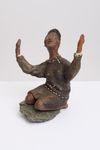 DATE 11/20/2025  DATE 11/18/2025  DATE 11/13/2025  DATE 11/7/2025 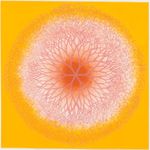 DATE 11/4/2025  DATE 11/2/2025 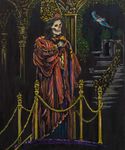 DATE 10/31/2025  DATE 10/28/2025 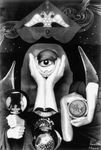 DATE 10/23/2025 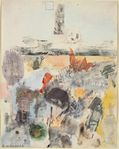 DATE 10/22/2025 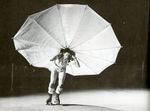 DATE 10/22/2025  DATE 10/21/2025 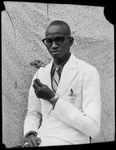 DATE 10/20/2025  DATE 10/16/2025  DATE 10/14/2025  DATE 10/11/2025 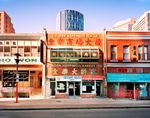 DATE 10/7/2025  DATE 10/6/2025 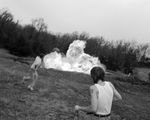 DATE 10/3/2025  DATE 10/1/2025  DATE 9/23/2025 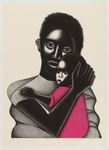 DATE 9/21/2025 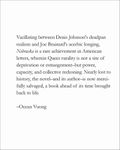 DATE 9/17/2025  DATE 9/10/2025  DATE 9/6/2025  DATE 9/4/2025  DATE 9/2/2025  DATE 9/1/2025  DATE 8/27/2025  DATE 8/25/2025  DATE 8/23/2025 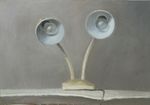 DATE 8/21/2025  DATE 8/18/2025  DATE 8/15/2025  DATE 8/12/2025  DATE 8/9/2025  DATE 8/6/2025 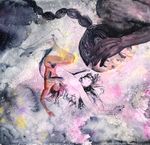 DATE 8/5/2025  DATE 7/31/2025  DATE 7/28/2025 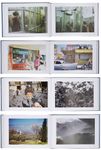 DATE 7/25/2025  DATE 7/21/2025  DATE 7/18/2025 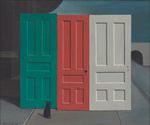 DATE 7/11/2025  DATE 7/3/2025  DATE 6/30/2025  DATE 6/26/2025  DATE 6/22/2025  DATE 6/20/2025  DATE 6/13/2025  DATE 6/12/2025  DATE 6/9/2025  DATE 6/5/2025  DATE 6/1/2025  DATE 5/29/2025  DATE 5/28/2025  DATE 5/23/2025  DATE 5/20/2025  DATE 5/16/2025  DATE 5/12/2025  DATE 5/8/2025  DATE 5/6/2025  DATE 5/4/2025  DATE 5/1/2025  DATE 4/24/2025  DATE 4/21/2025  DATE 4/17/2025  DATE 4/14/2025  DATE 4/10/2025  DATE 4/8/2025  DATE 3/31/2025  DATE 3/27/2025  DATE 3/27/2025  DATE 3/20/2025  DATE 3/18/2025  DATE 3/16/2025  DATE 3/15/2025  DATE 3/13/2025  DATE 3/9/2025  DATE 2/19/2025  DATE 2/18/2025 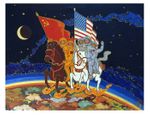 DATE 2/17/2025  DATE 2/15/2025  DATE 2/14/2025  DATE 1/26/2025  DATE 1/20/2025 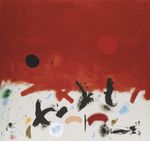 DATE 1/15/2025 |
|